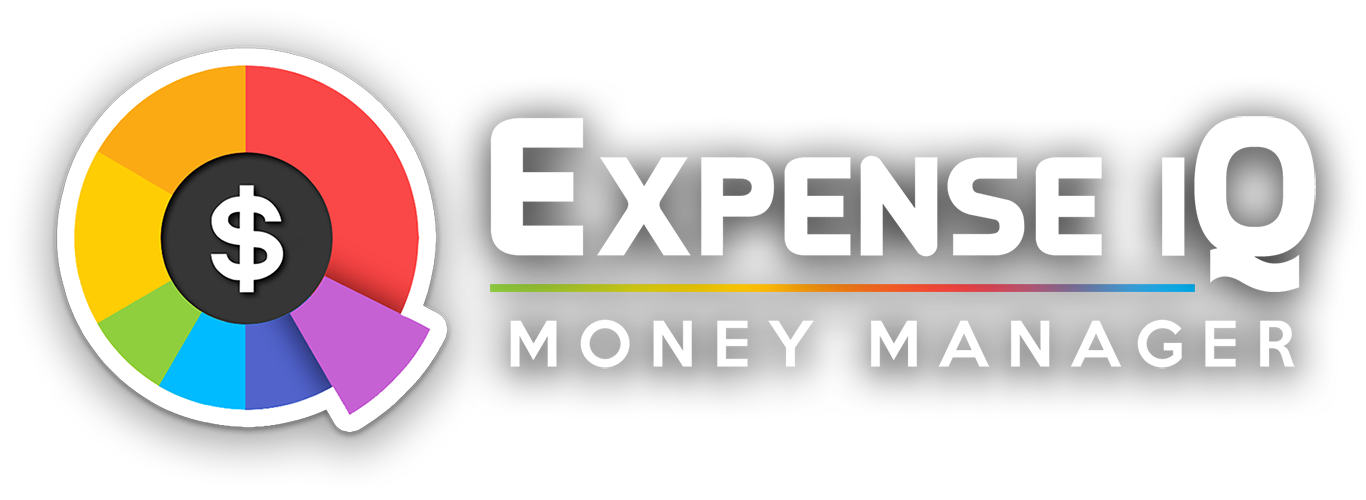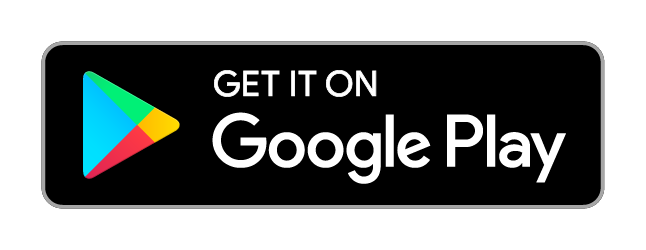“A lot of people go into debt just to keep up with those who already are.”
Credit cards have become a very convenient mode of payment, so much so that many of us would rather use credit cards instead of cash when we dine, shop online, or even charge recurring bills to our cards.
With the popularity of credit cards, many banks use very creative ways to attract customers to use their cards, offering perks such as dining discounts, cash-back schemes and reward points systems. With these schemes, the use of credit cards can offer sizable savings PROVIDED you do not make the following common mistakes.
Late or Missed Payment
Charges to your credit cards are usually billed monthly and once billed; you have approximately 14 days to pay for the charges you have made with the cards. With this time allowance, many would trust in their “memory prowess” to remember to pay “a few days later”. However, even with the convenience of online banking, our very busy schedule can distract us from paying on time. The moment you fail to pay by the due date, the fees charged by the bank can wipe out all the savings you have accumulated from the perks they offer.
- Firstly, there is a Late Fee Charge. It is a flat fee charged regardless of the amount owed. If you had been paying your credit card bills on time and this is a one-off occurrence, the banks can sometimes waived those late fees. So please do call up the banks to ask for such waivers if that happen to you.
- The second charge is an interest charged on your outstanding amount. It is usually calculated on a per annum basis, chargeable till the day the outstanding amount is paid. So if you do remember you had missed your payment, do settle it as soon as possible!
If you start to realise that you are forgetting to pay by the due date more than usual, it might be time to start setting reminders for this. There are plenty of bill reminder apps for smartphones to help you do so.
Paying the Minimum Sum
Every credit card comes with a credit limit based on your income and credit score. This limit is how much the bank is comfortable for you to charge to your card before the next cycle of billing. Please take note that this limit is not what the bank “owes you”, which is why there is an interest charge on whatever you fail to pay at every billing cycle. Although technically you can only pay the minimum sum each time, bear in mind that the interest charged on your unpaid amount is very high. The interest rates can range from 17% to 24% per annum. For every $1000, the interest charged (based on 24% per annum) is $20 per month.
$20 may seem small, but it is enough to buy you 5 boxes of cereals, or 10 loaves of bread, both which can last you perhaps a month. It is definitely wiser to use this money for your everyday needs than to contribute to the profits of the banks.
Bringing Forward Balance
For every unpaid amount in your credit card, it is brought forward to the next billing cycle. Using the example above of $1020 being brought forward ($20 being the interest), your base amount used for interest calculation is now $1020 and not $1000. If this $1000 remains unpaid till the end of the year, you would have owed the bank $1268 instead of $1240. If you have extra cash sitting in your savings account earning a miserly 1% per annum interest, you are much better off using those cash to pay off your credit card bills.
Do bear in mind that bringing balance forward means your debt to credit ratio is higher. This will impact your credit score. For credit cards, your interest can increase from 17% to even 26%. If you do require a loan, the interest rates available to you will also be higher as compared to another person who pays his credit card bills on time. So every time you miss your payments, bring forward balances, you end up being charged higher interest rates for your credit card bills, mortgage loans, car loans etc. Do take note that houses and cars are basic needs and they are expensive. For example, for every 1% extra interest charged for your mortgage loan, every $100,000 is $1000 of EXTRA interest payment.
It is definitely more prudent to maintain your credit scores by paying your credit card bills IN FULL and ON TIME, than to spend thousands more for interest for your basic needs such as a mortgage loan.
Taking a Cash Advance
Credit cards offer the option of taking out cash on your remaining credit limit. This is sometimes useful when you are travelling and you ran out of cash, or you suddenly require a sum of money for some payments. Although cash advance provides certain levels of convenience during these times, do bear in mind that every time you take out a cash advance, the banks charge an administrative fee of approximately 4-5% of whatever you take out.
In addition, you will be charged an interest on the amount immediately, until the day the amount is paid. Unfortunately, cash advance do not enjoy the “privilege” of being interest-free (similar to purchases charged to your card) until the next billing cycle. In order to minimize the “double whammy” of charges, do plan your cash requirements as much as possible. For example, instead of using cash advance on your credit cards during travelling, you can make use of your debit or ATM cards that bear the PLUS or CIRRUS logo. These international networks allow you to draw cash from any ATM in local currencies, so you do not have to worry about running out of cash when you are overseas. Although using this service also incur administrative charges, the charges range from $2 to $10, which is definitely much cheaper than the 4-5% fees charged using credit card cash advance. Even with the less than ideal exchange rates used by the banks for your overseas needs, it certainly beats the 24% per annum interest on your cash advance.
What can I do?
Although it is impossible to plan for all your monthly expenses to the T, it is definitely helpful to set certain budgets for your purchases and have savings to meet these sudden cash demands. If you are not sure how to do this, you can read up our article on Treat Jars to get started. Or, you can use the many expense tracker apps available in both Android and Apple platforms to help you set up your budgets and savings plans.
Related





